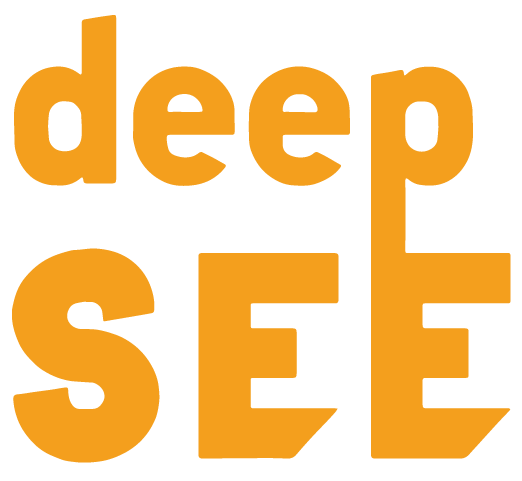The next evolution of diversity and inclusion work: transformational diversity
Diversity Fatigue. It’s that feeling that employees in the workplace express when they see a Diversity training on their calendar, “Seriously?! Diversity training again?” It’s that feeling that seasoned Diversity and Inclusion (D&I) practitioners express when I run into them at a Diversity conference and they say, “We’re still talking about the same issues we talked about 20 years ago!” It’s that feeling that leaders in organizations get after supporting a D&I strategy but still don’t see the results they’d like to see.
This fatigue is a symptom of a larger issue. Despite decades of hard work by committed practitioners and leaders, the promise of D&I has remained ever outside our reach. As a practice of Diversity and Inclusion, our approach needs to evolve in order to fully meet that promise. It’s time for Transformational Diversity.
Transformational Diversity is a shift to a new level that requires us to actually operate differently. We enter the workplace—whether it is already diverse and inclusive or not—with new mindsets and skillsets that allow us to transform the situations we’re in and the organizations we lead because we’re actually able to see and respond to greater levels of complexity. This sets a goal that is much more challenging and thus more requires more comprehensive work. When we operate in this stage, we ensure that differences transform individuals and their ideas as well as organizations and their environments and the work they generate.
This move also allows us to get much-needed traction as a practice. That’s because the real reason we continue to spin our D&I wheels, in spite of our hard work, is the hard fact that many of us have yet to develop the skills necessary for today’s diverse workplace.
Unknowingly Stuck
Many of us are unknowingly stuck when it comes to D&I. We’re unintentionally controlled by our unconscious bias and over 97% of us lack the cultural competence necessary to be effective. When our unconscious is in control and we’re not culturally competent, we don’t have the ability to see the wealth of richness that Diversity brings, much less consciously respond to those differences without bias.
That’s the bad news. The good news is we know how to develop that ability.
When we have the ability to bring our unconscious thought processes to the conscious level, we begin to see a greater level of complexity when it comes to differences. The key is that we see those differences without judging them—consciously or unconsciously. They aren’t good. They aren’t bad. They’re just different.
Greater Complexity
We’re not talking about differences that are easy to see here—remember, they’re typically unconscious. We’re talking about greater complexity, about the differences in our unconscious filters that determine how we see each other, the decisions we make and the behaviors we deem good, right and professional. The skills of Transformational Diversity require us to take on the filters of others, see from their perspective and respond differently in order to be more effective.
- Diversity & Inclusion
- Cultural Competency
- Leadership
- Organizational Efficiency
Transformational Diversity allows us to see greater complexity in our colleagues and therefore, greater complexity in their contributions. When they are able to do the same, the benefits are exponential. With the skills of Transformational Diversity we can regularly achieve the maxim of “the sum is greater than the whole of its parts.” I am able to see myself and my ideas differently because I can see them through the eyes of others.
- Diversity & Inclusion
- Cultural Competency
- Leadership
- Organizational Efficiency
When we interact more effectively across difference we naturally create environments with greater inclusion. We are also more effective at actually hiring and retaining Diversity.
Transformational Diversity allows us to fulfill the promise of Diversity. For decades we have said that a diverse workplace is better, that diverse teams are higher performing and make better decisions. In actuality, drawing from the research of Joe DiStefano, we learn that diverse teams can be the least productive and lowest performing. DiStefano specifically compared diverse teams with homogenous teams and then looked at their performance to see which group did better. He found three types of teams.
The majority of the diverse teams were also the lowest performing teams, falling behind their homogenous counterparts. However, there was also an elite group of performers. Those were the very few diverse teams that outperformed the homogenous teams.
What makes that smaller group of diverse teams so elite and high performing? It’s their ability to interact more effectively with the diversity around them; their ability to see and respond to the complexities of the Diversity; their ability to transform their perspectives and therefore the situations they are in.
Our goal as D&I practitioners needs to be on developing more of these transformational teams and organizations.
Transformational Diversity: the new way forward.
Intercultural Development Inventory®, IDI LLC, 1998-2011
Creating Value with Diverse Teams in Global Management, Joseph J. DiStefano & Martha L. Mazneski, 2000
